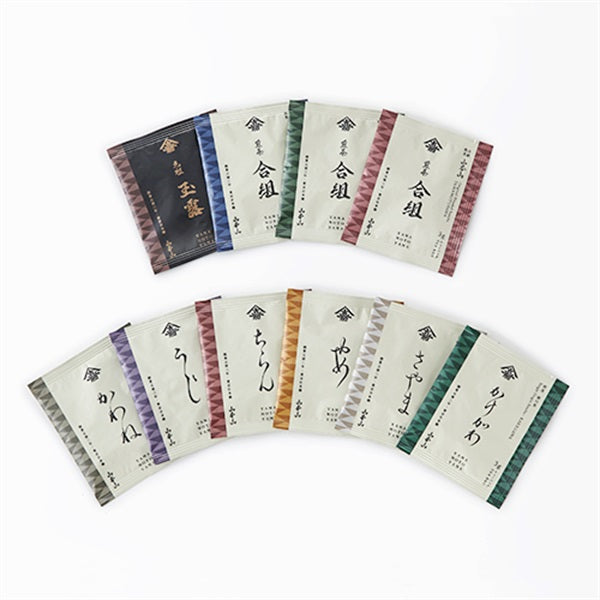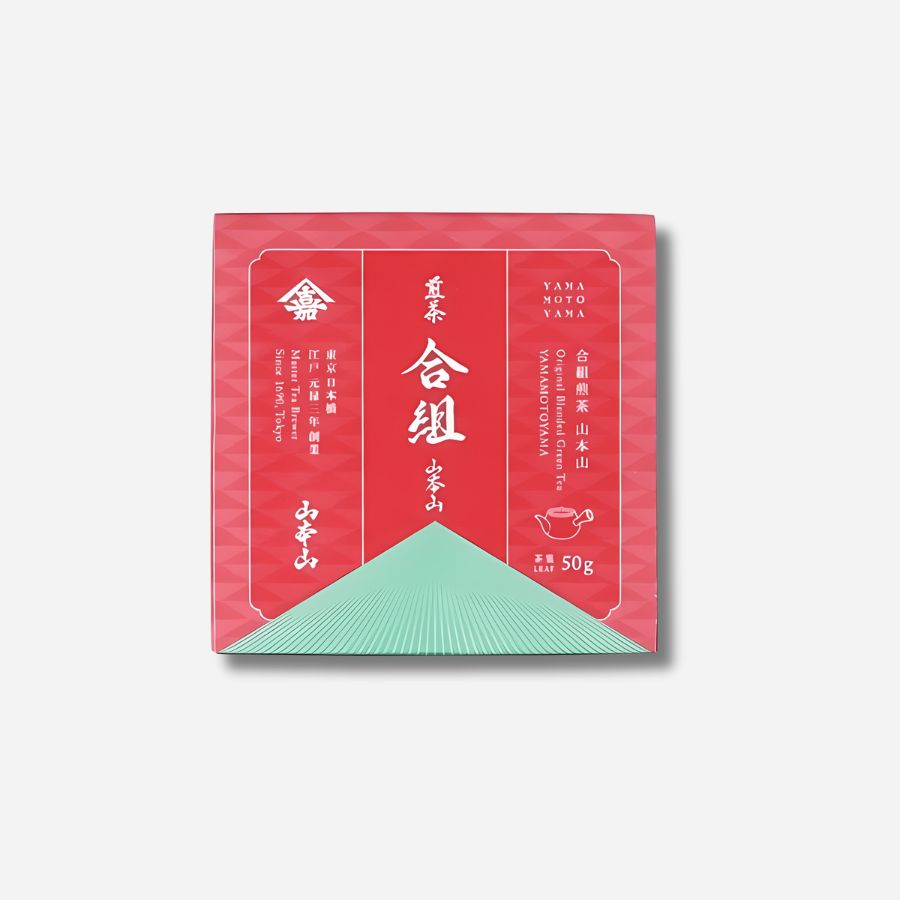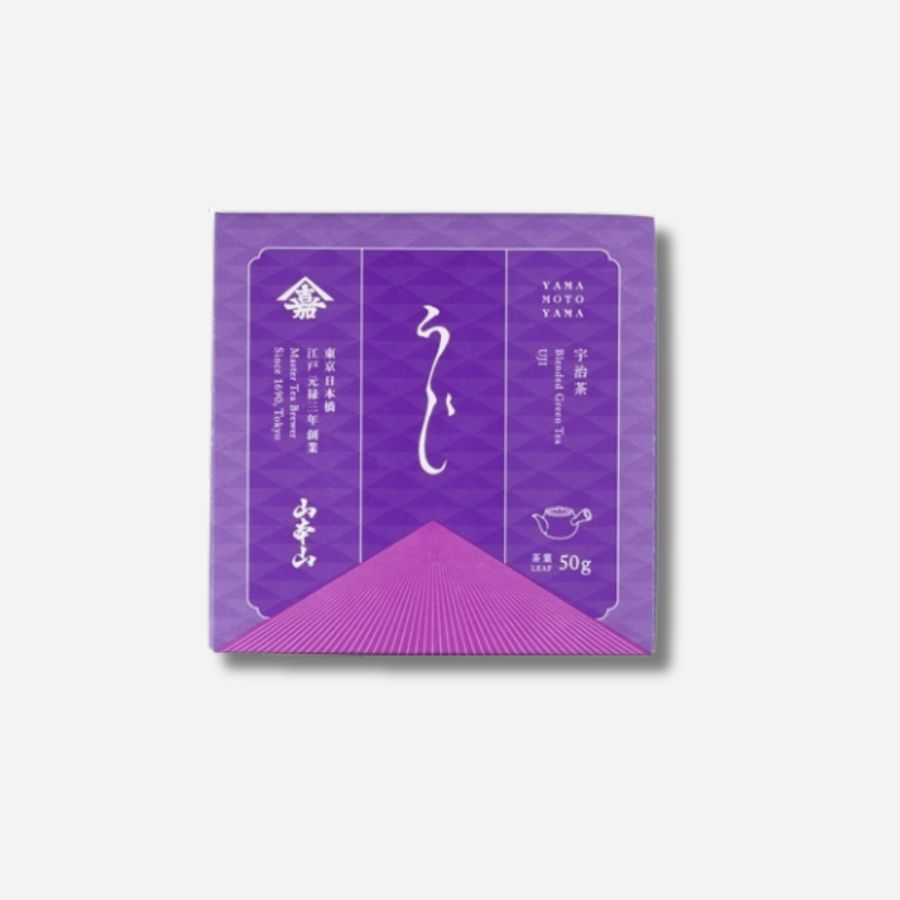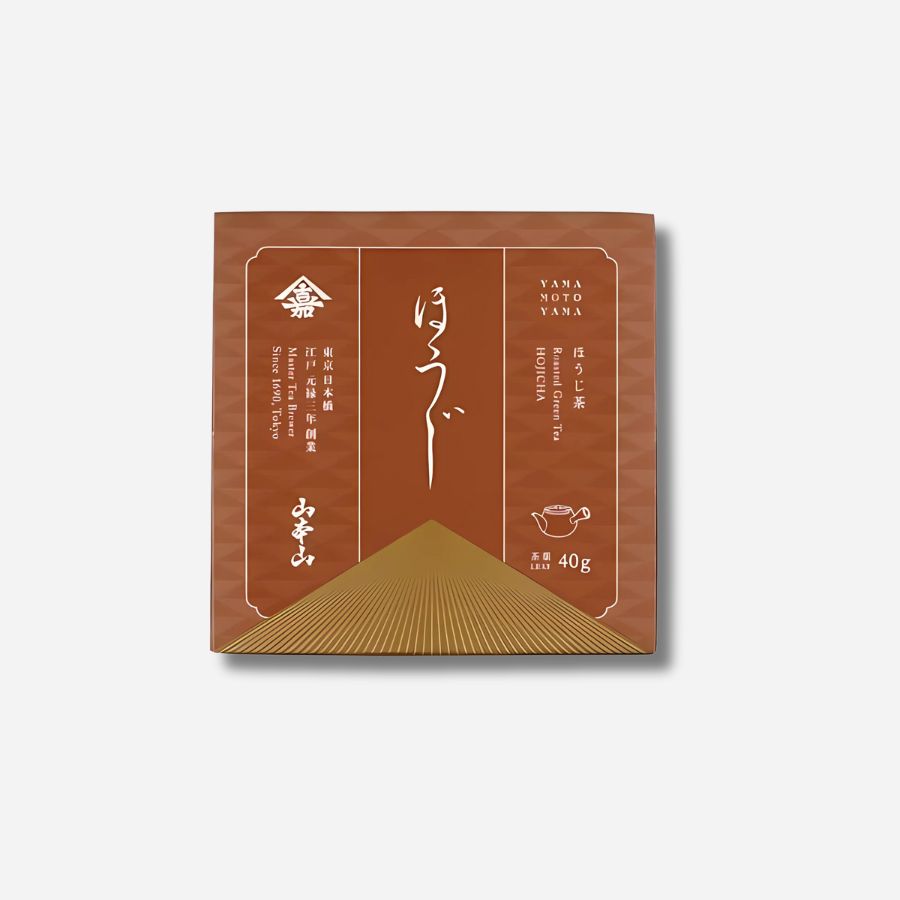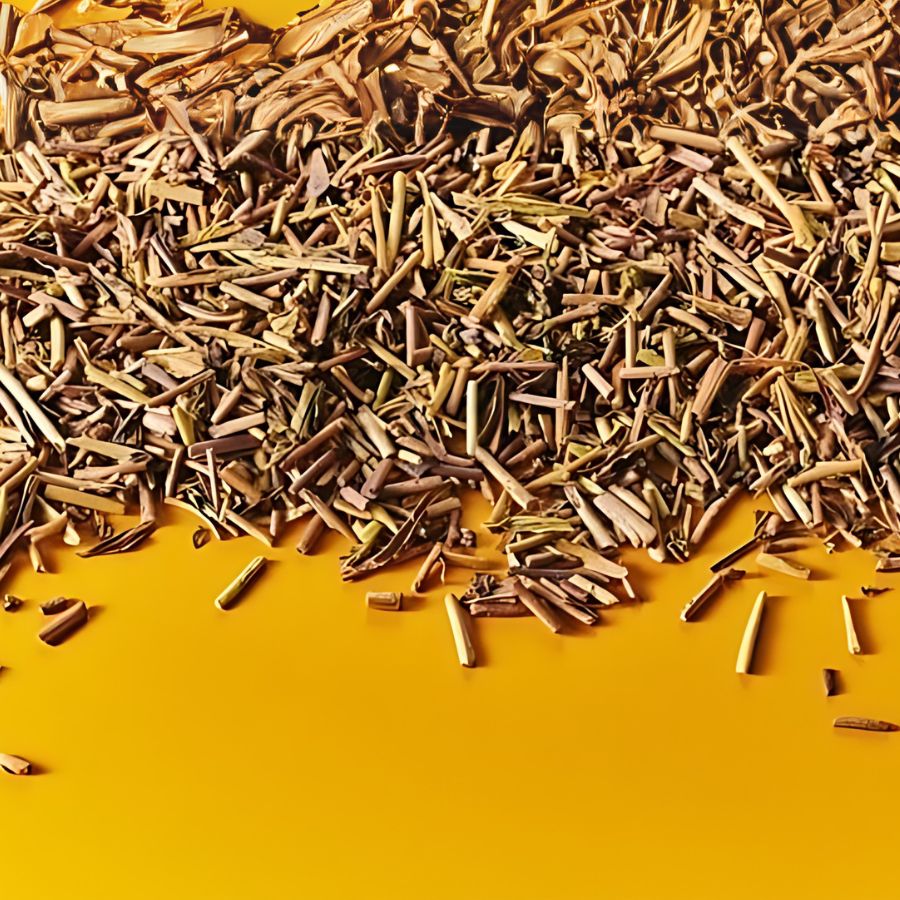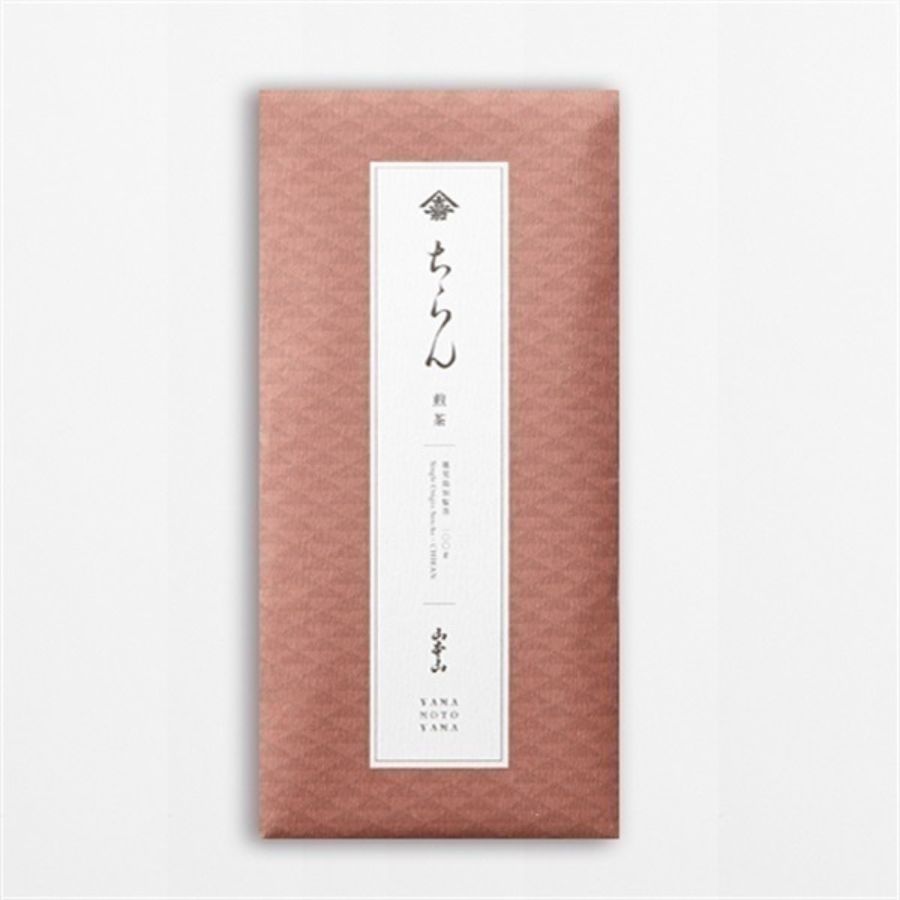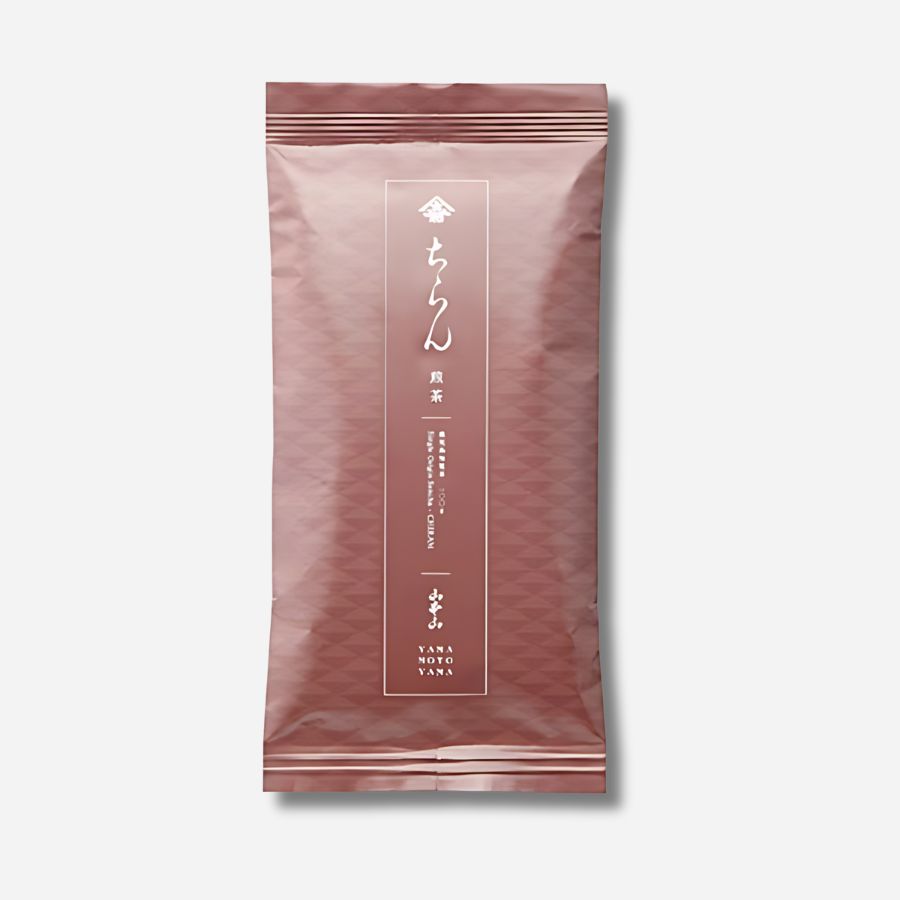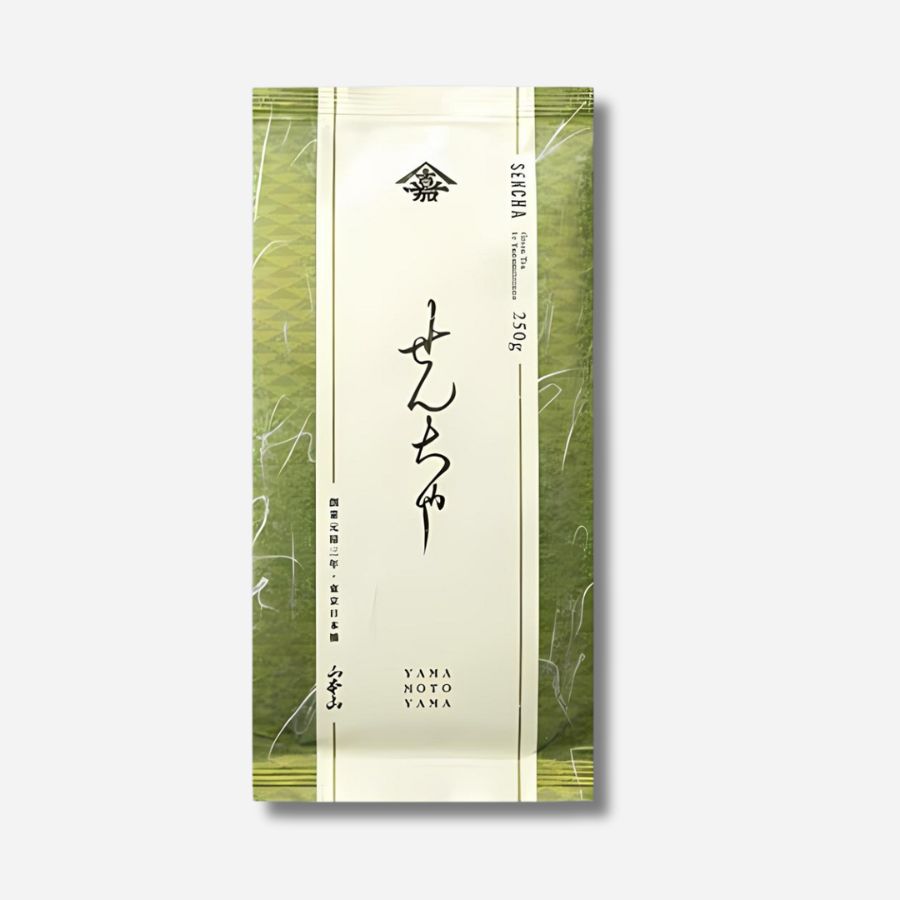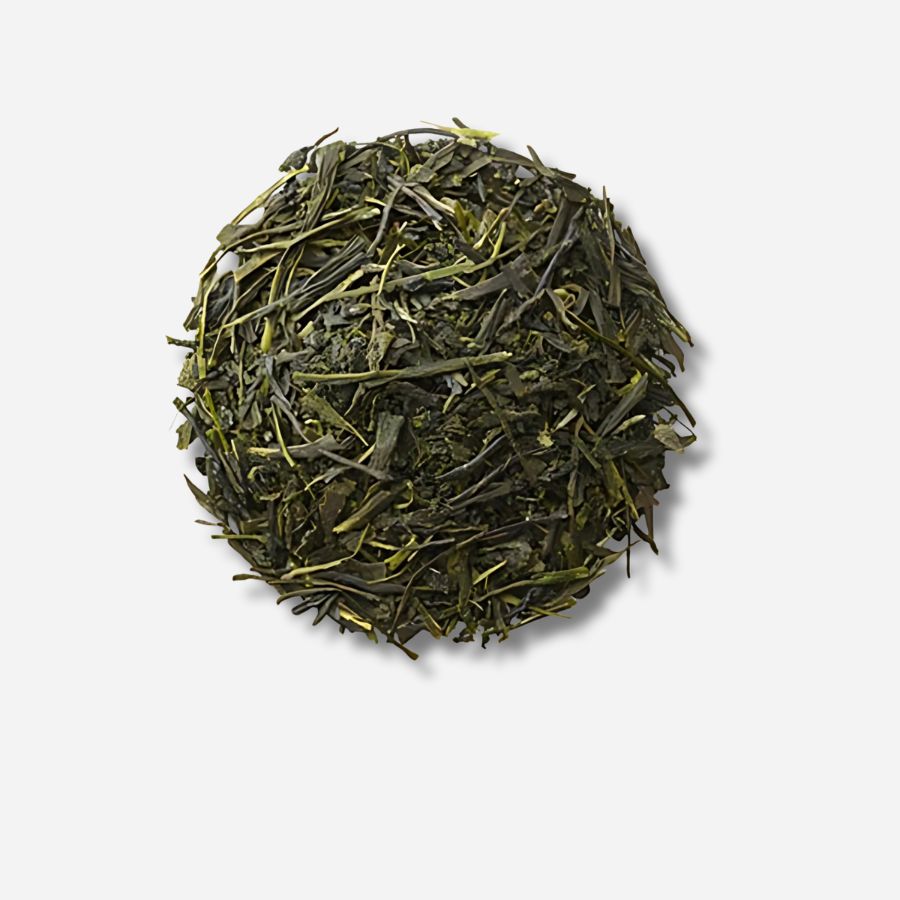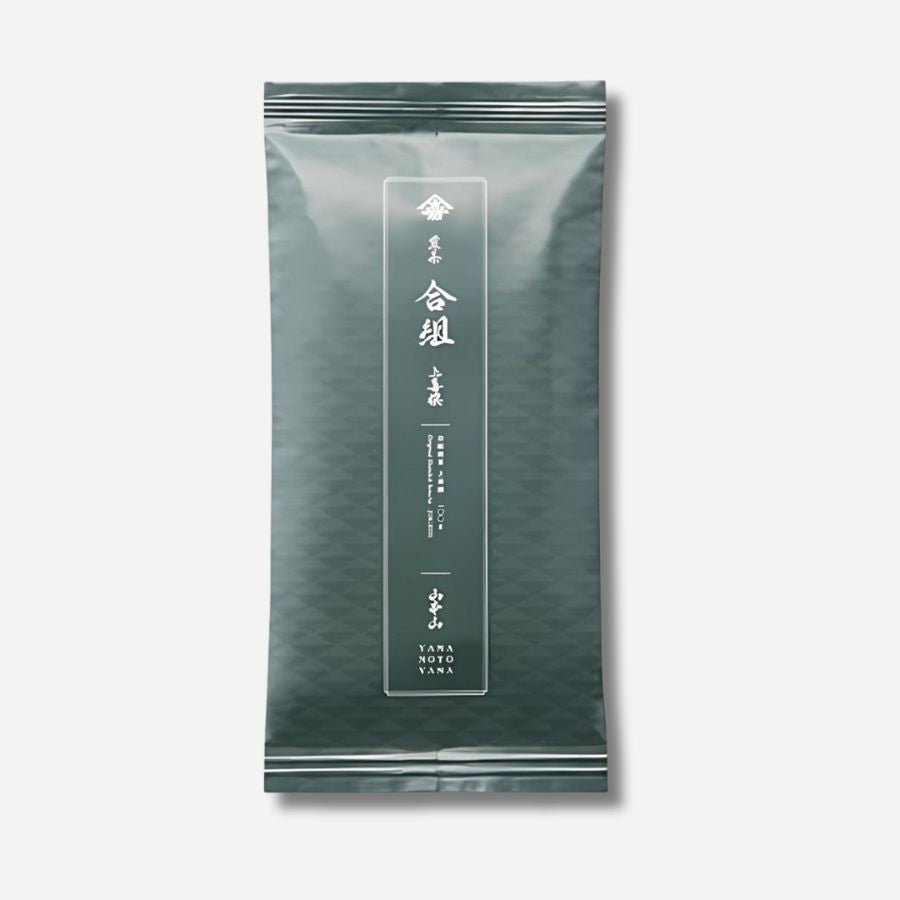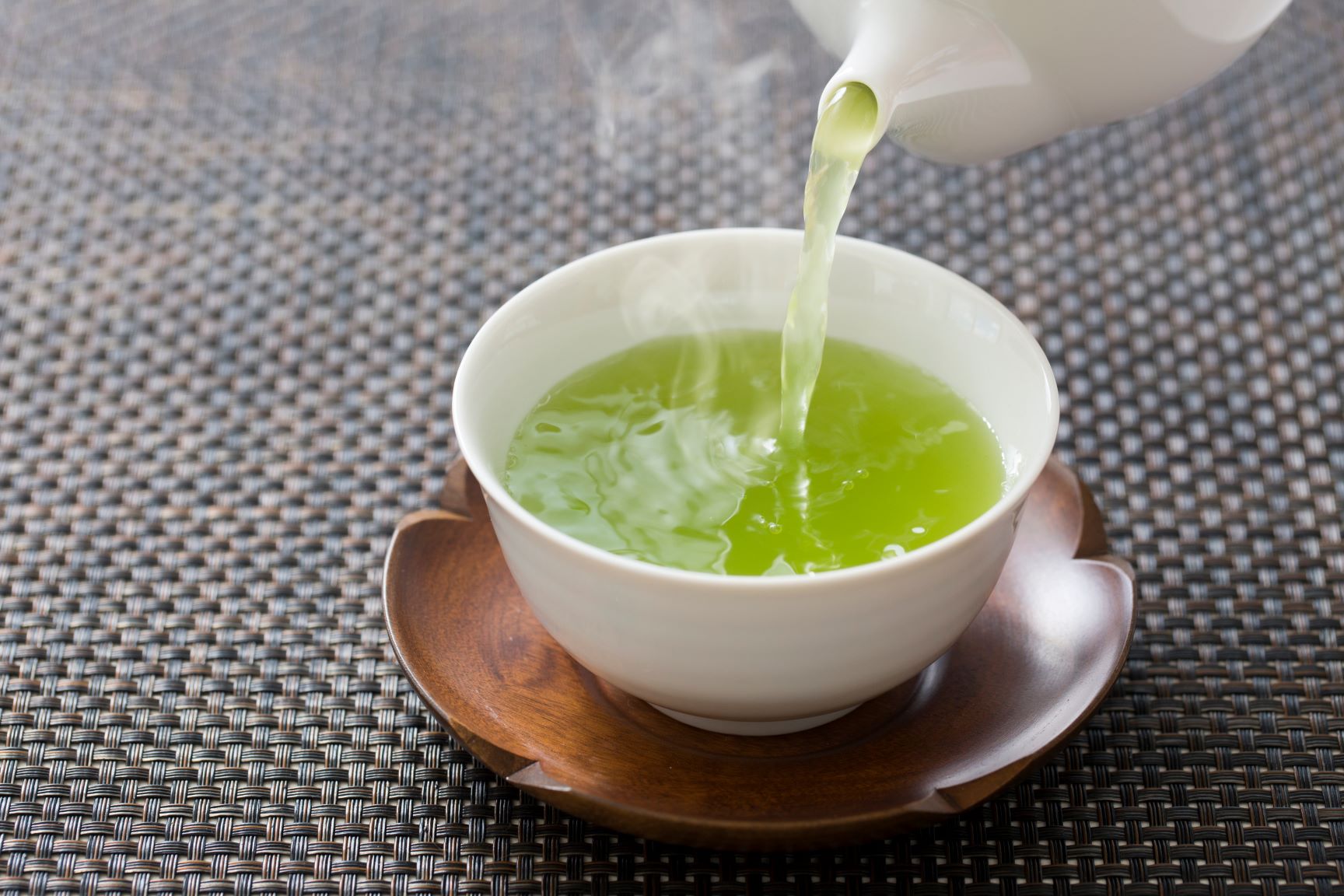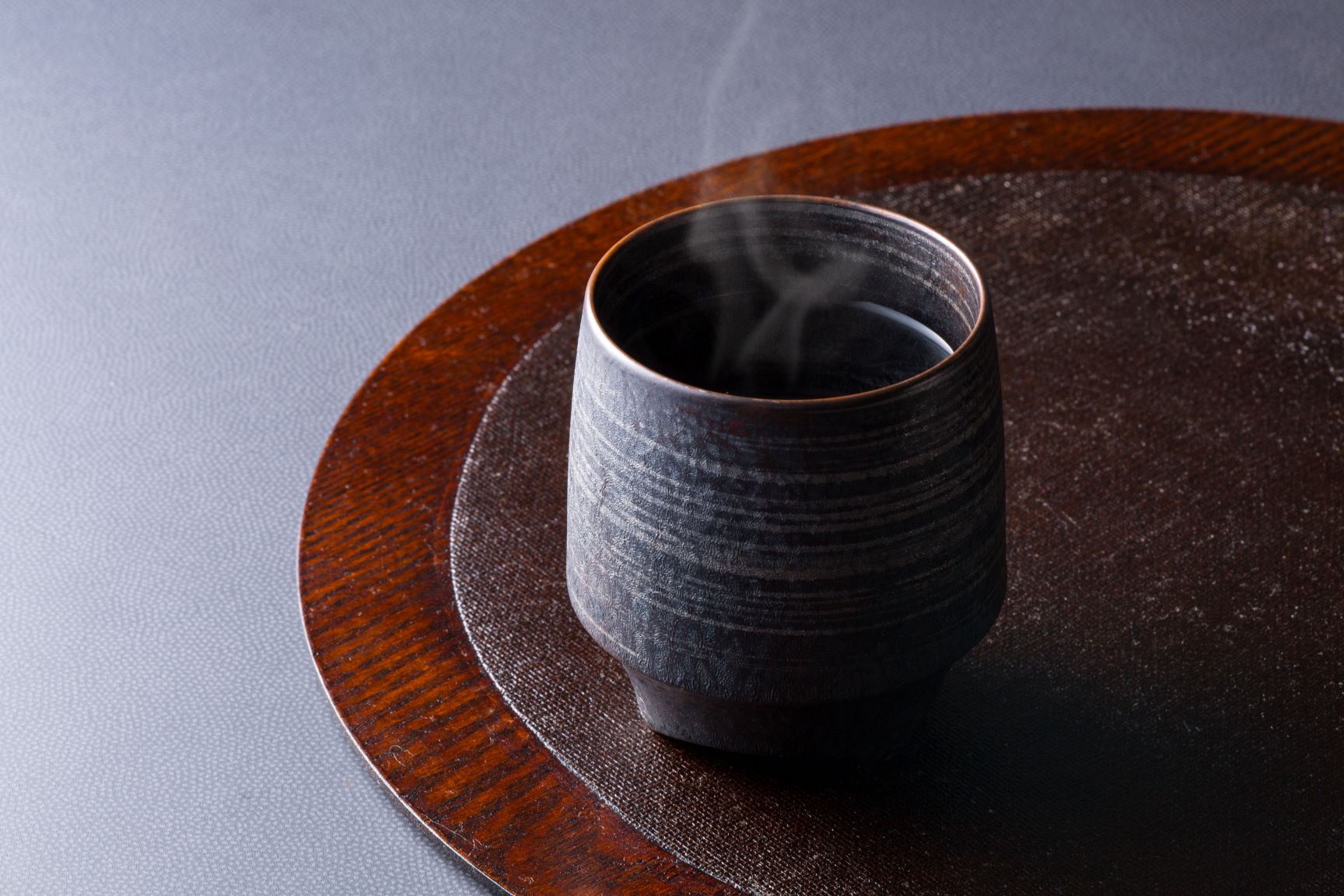
The secret to brewing delicious green tea! Why does temperature affect the taste?
Introduction
Some people may think that Yamamotoyama is a seaweed store, but in fact it was originally a tea store.
Nowadays, Yamamotoyama is better known for our nori seaweed, and I'm sure there are quite a few customers who have never bought tea from us, but today I'd like to talk about tea.
This may be a bit sudden, but do you ever make tea in a teapot at home?
No matter how delicious the tea is, if it is not brewed properly, it will not be a delicious cup. Of course, each person has their own standards for what tastes good, but after learning the basics of brewing, try adjusting it to your own taste.

Ingredients in tea
The taste components of tea are roughly composed of catechins and caffeine, which are the source of astringency and bitterness, and amino acids such as glutamic acid and theanine, which are the source of sweetness and umami. Catechins are characterized by their astringency and bitterness, while caffeine creates a refreshing bitterness.
The components that give tea its astringent, bitter, umami, and sweet flavors each dissolve at different temperatures, so by adjusting the temperature of the water and the steeping time, you can balance the flavors. Learn the laws of change and become able to create the flavors you like.
Different tastes depending on the temperature of the water
Tea brewed with hot water has a bitter, astringent, and crisp taste. On the other hand, tea brewed with medium-low temperature water (60-70℃) has a strong sweetness and umami taste.
Why is that?

The difference in taste was due to the different ingredients that dissolved!
In fact, the amino acids that give umami flavour dissolve equally well in hot water of any temperature, but catechins and caffeine become less soluble as the temperature drops below 80°C.
In other words, when brewed at a high temperature of 90 degrees, although amino acids are actually released, more catechins, which have a noticeable bitter taste, are produced, so the taste feels less umami and more bitter and astringent.
Conversely, if you brew it at medium to low temperatures, around 70°C, the amount of amino acids will be roughly the same as at a higher temperature, but the amount of caffeine and catechins will be lower, so it will have a lighter astringency and bitterness and a slightly sweeter taste.
For these reasons, gyokuro, which has less astringency and bitterness and allows for a rich, sweet flavor, is steeped in cooler water at 50-60°C for a longer period of two to two and a half minutes.
On the other hand, high-quality sencha, which is enjoyed for its fresh aroma and umami and sweetness, is brewed by infusing in water at about 75°C. Note that the aroma is more pronounced when brewed with hot water, so genmaicha and hojicha, which are appealing for their good aroma, are often brewed with hot water.
summary
What did you think? Even if you use the same tea leaves, I think the taste and aroma can be very different depending on the brewing temperature.
By the way, when I want to wake up refreshed in the morning, I use hot water. When I want to enjoy tea while reading in the afternoon, I use lukewarm water.
Why not try brewing tea in a way that suits the time of day and your mood, and enjoy the flavor and aroma of each tea?


